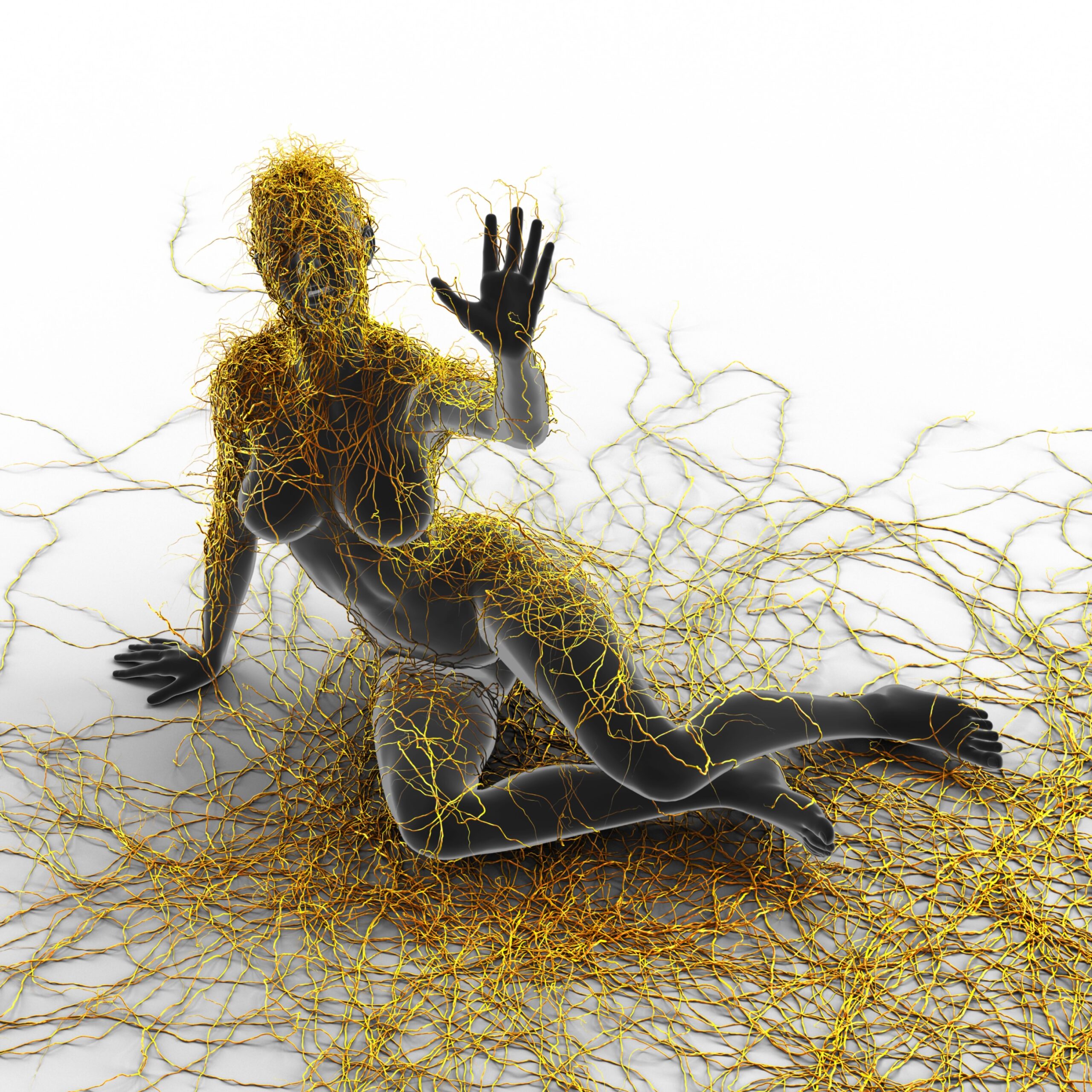Opioids remain the standard of care for many cases of chronic pain. While they are often the best option available, they also have drawbacks that make them less than ideal. These include adverse side effects and a tendency to make people more sensitive to pain over time, leading to a risk of addiction. Researchers have thus been looking for alternatives to relieve chronic pain.
Proteins called voltage-gated sodium channels control pain sensation by regulating the flow of sodium ions into certain nerve cells. A genetic mutation that disables one of these proteins, called NaV1.7, renders people unable to feel physical pain (the human gene name is SCN9A). NaV1.7 thus makes a promising target for new pain-relieving drugs. Unfortunately, NaV1.7 is very similar to several other proteins. Researchers have been unable to develop a drug that can target NaV1.7 without affecting these related proteins.
A team led by Drs. Prashant Mali and Tony Yaksh at the University of California, San Diego, have developed an alternate method for inactivating NaV1.7: turning off the gene that encodes it.
Their study was supported in part by NIH’s National Institute of Neurological Disorders and Stroke (NINDS), National Human Genome Research Institute (NHGRI), National Cancer Institute (NCI), and National Institute of General Medical Sciences (NIGMS). Results appeared on March 10, 2021, in Science Translational Medicine.
To turn off the NaV1.7 gene, the researchers used two approaches. One used a modified form of the CRISPR gene editing system. Normally, CRISPR relies on an enzyme called Cas9 to cut DNA at a specific sequence. Instead, the researchers used a “dead” Cas9 that can locate and bind to its target DNA sequence but can’t cut the DNA. They fused this dead Cas9 to a protein called a repressor, which blocks gene expression. This created a molecule that could turn off the gene without altering the DNA sequence.
They also used an older gene-editing tool called zinc finger proteins. Like Cas9, these bind to specific DNA sequences. They were also fused to a repressor to turn off gene expression at the binding site. The researchers dubbed their strategy long-lasting analgesia via targeted in vivo epigenetic repression of NaV1.7. or LATER.
To test LATER, the researchers injected these constructs into the spinal canals of mice and treated their paws to make them more sensitive to pain. When exposed to heat, cold, or pressure, mice treated with either of the LATER constructs had higher pain thresholds than untreated mice. This pain relief lasted for several weeks. The full duration of pain relief is still unknown. Treated mice behaved normally and showed no apparent side effects.
The researchers believe that the LATER strategy has the potential for managing chronic pain in people. They have founded a company called Navega Therapeutics to develop LATER into a clinical treatment. But further work is still needed before LATER will be ready for human trials. Production of NaV1.7 differs between mice and humans, so the system may need adjustments to work in people. And its efficacy and potential toxicity will need to be tested in non-human primates. But these results have given the researchers a promising start.
“We were excited that both approaches worked,” Mali says. “The beauty about zinc finger proteins is that they are built on the scaffold of a human protein. The CRISPR system is a foreign protein that comes from bacteria, so it could cause an immune response. That’s why we explored zinc fingers as well, so we have an option that might be more translatable to the clinic.”




